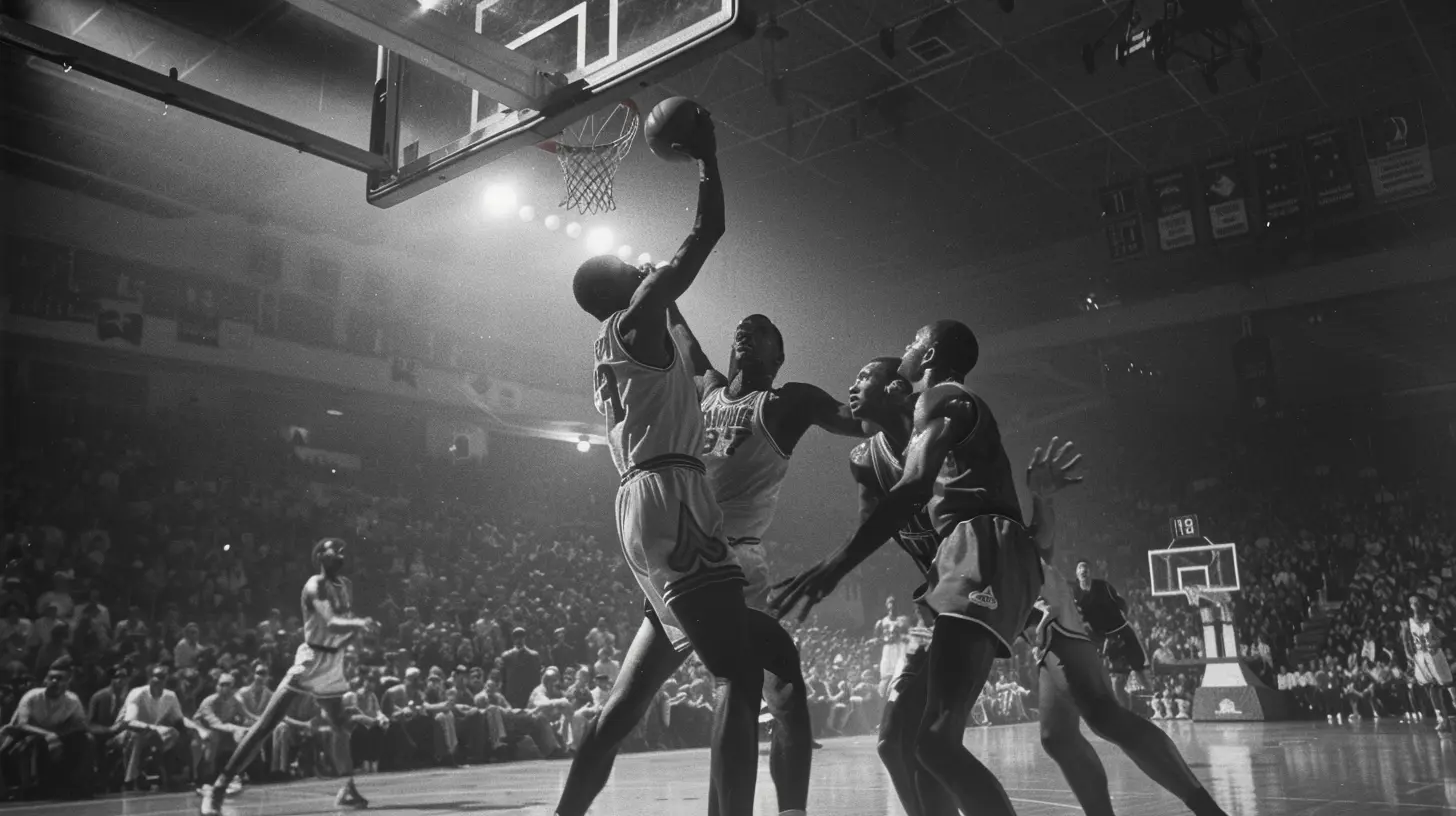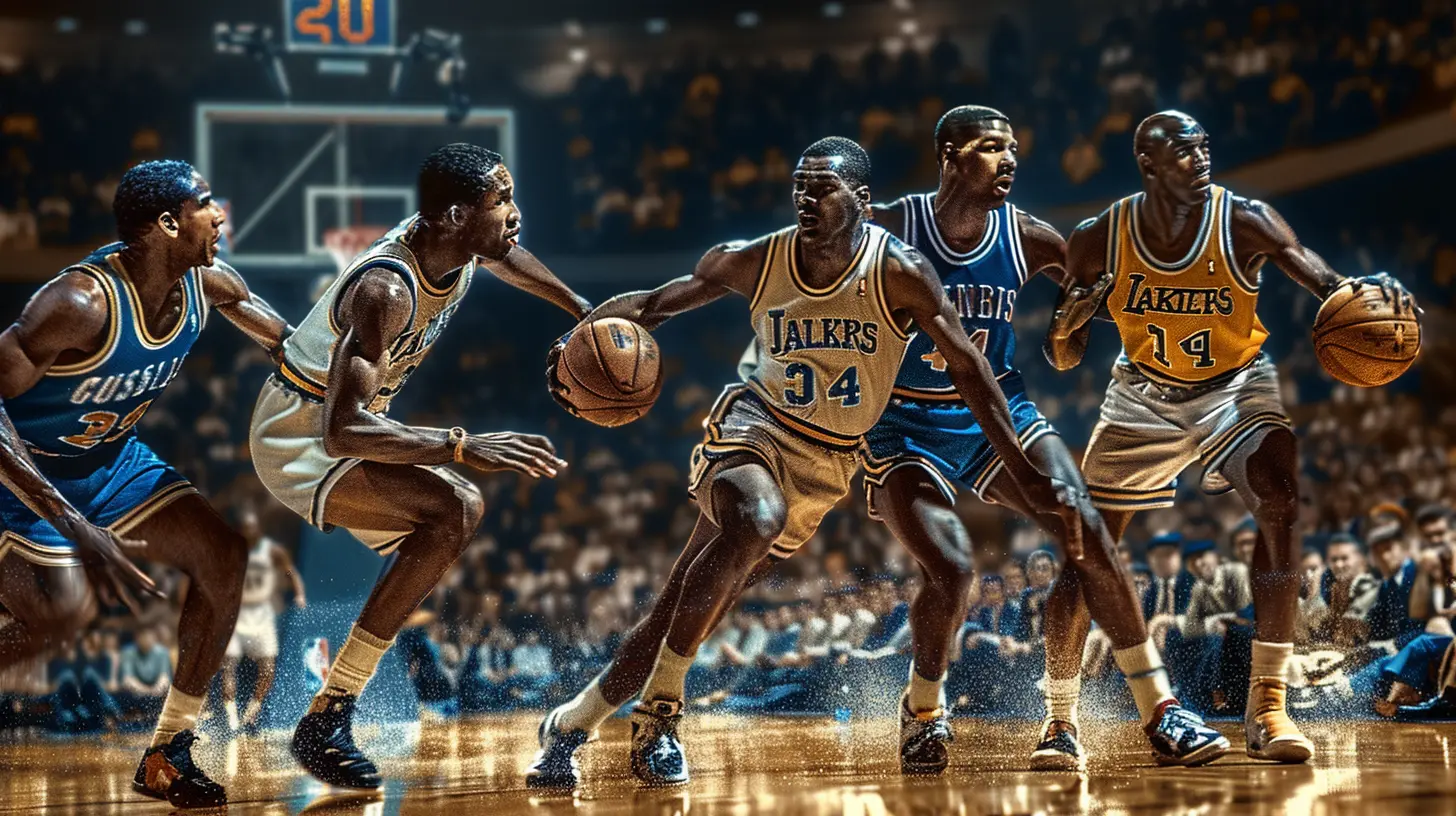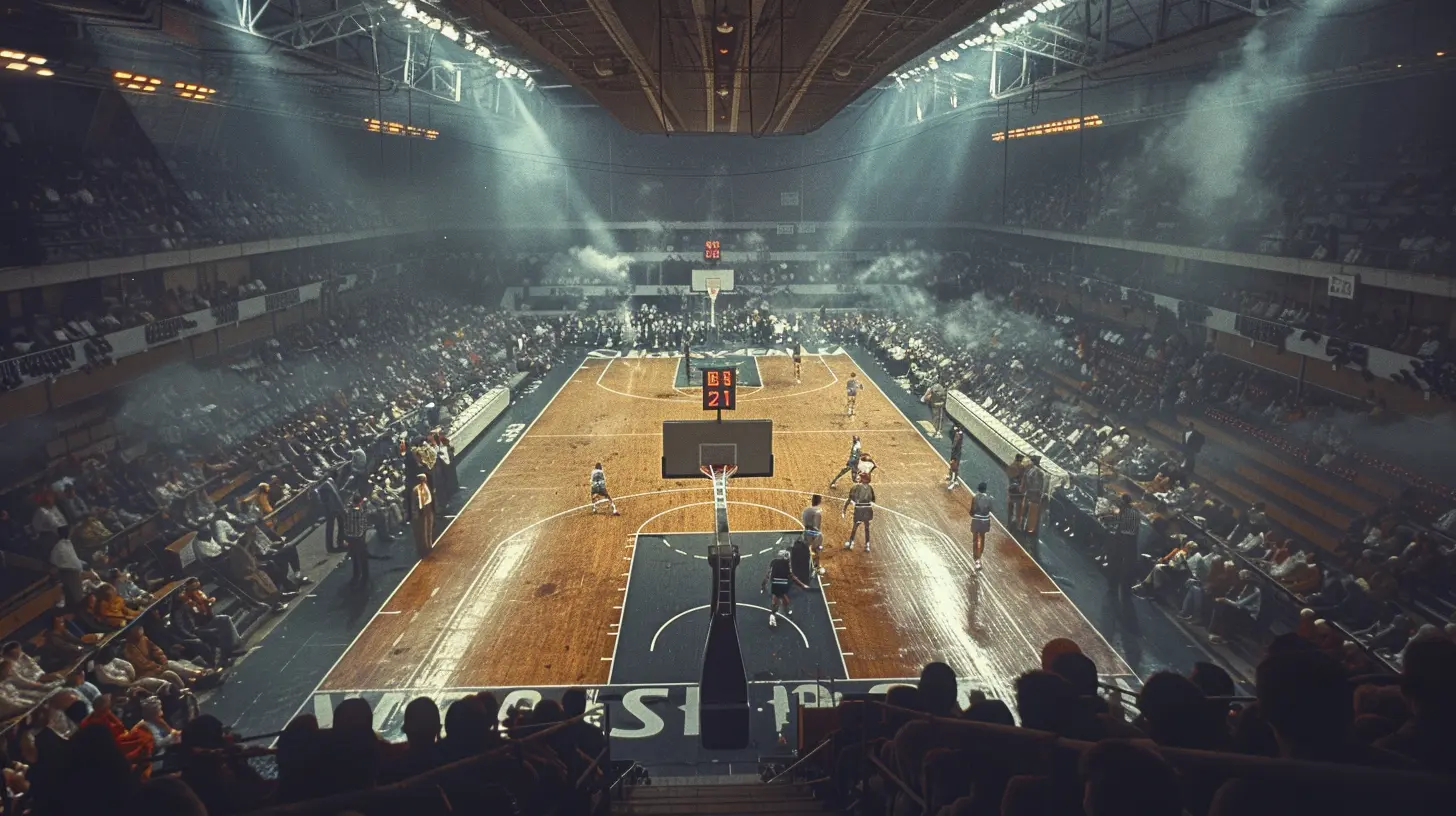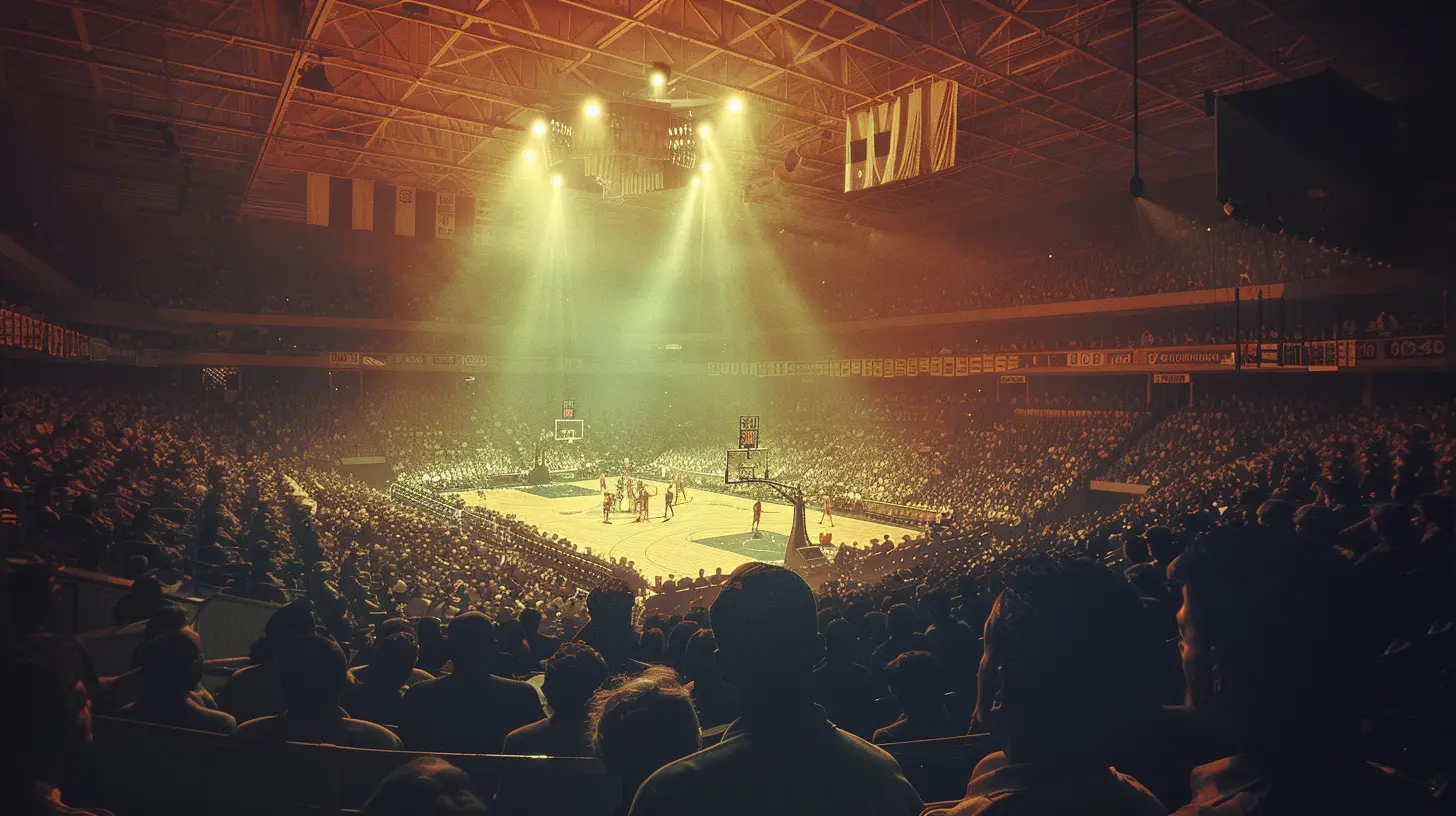The Early Days of the NBA: From BAA to Global Phenomenon
28 June 2025
Basketball is one of the most beloved sports in the world today, but it wasn’t always the powerhouse it is now. The NBA (National Basketball Association) had humble beginnings, starting as a small league competing with other basketball organizations before transforming into a global spectacle.
From packed high school gyms to the bright lights of Madison Square Garden, the journey of the NBA is nothing short of incredible. So, how did it all begin? Let’s take a trip down memory lane and dive into the early days of the NBA, tracing its roots from the BAA (Basketball Association of America) to becoming the global phenomenon we know today.
The Birth of the BAA: The NBA’s First Chapter
In 1946, the Basketball Association of America (BAA) was founded by a group of arena owners who wanted to bring professional basketball to major cities. Unlike other leagues at the time, the BAA focused on playing games in large venues, such as Madison Square Garden, rather than in small gyms and armories.While basketball had been around for decades—James Naismith invented the sport in 1891—the professional scene was still developing. The BAA aimed to legitimize the game by providing a structured league with organized teams and better financial backing.
But let’s be real—the competition wasn’t exactly top-tier right away. The league had a handful of skilled players, but the game was still evolving. Fancy dribbling? Not quite there yet. Three-point shots? Forget about it. Even dunking wasn’t a thing! The game was rooted in fundamentals, and the fast-paced style we love today was still a dream in the making.
The NBL vs. BAA: A Basketball Rivalry
Before the BAA came onto the scene, another league had already made waves: the National Basketball League (NBL). Founded in 1937, the NBL had some serious talent and was filled with teams from smaller industrial cities. It was a competitive league, but it lacked the big-market appeal that the BAA was bringing to the table.For a few years, the BAA and NBL coexisted, but there was one major issue: they were fighting over the same talent. Both leagues were trying to sign the best players, and it became clear that a merger or buyout was inevitable.
In 1949, that’s exactly what happened. The BAA absorbed the NBL, forming what we now know as the National Basketball Association—the NBA. This was the moment when professional basketball truly took off, setting the foundation for the future.
The Struggles of the Early NBA
Now, just because the NBA was official didn't mean it was smooth sailing. The early years were rough. The league had only 17 teams after the merger, and many struggled financially. Attendance was low, and the sport was far from the media juggernaut it is today.In fact, things got so bad that by the 1954-55 season, the league shrunk to just eight teams. Yep, eight! Compare that to today’s 30-team league, and you can see how much things have changed. Teams folding left and right, financial woes, and a lack of mainstream appeal made the NBA’s early years a true grind.
But the NBA had one major thing going for it—the talent.
The Rise of Superstars: The NBA Finds Its Footing
One of the biggest turning points in the young league’s history was the emergence of elite players who became household names.George Mikan: The NBA’s First Superstar
You can’t talk about the early NBA without mentioning George Mikan. Standing at 6'10” (which was massive back then), Mikan dominated the paint like no one before him. He was the league’s first true superstar, and his dominance forced rule changes—such as widening the lane, or as we now call it, "The Mikan Rule."Mikan put basketball on the map, showing that the game could be entertaining and worthwhile. He won five championships with the Minneapolis Lakers (now the Los Angeles Lakers), helping establish the NBA as a legitimate professional league.
Bill Russell and Wilt Chamberlain: The Rivalry That Changed the Game
The league really started gaining traction in the late 1950s and early 1960s, thanks largely to the rivalry between Bill Russell and Wilt Chamberlain. These two legends took the game to another level.Russell, a defensive and rebounding machine, led the Boston Celtics to 11 championships in 13 seasons—yeah, you read that right. Meanwhile, Chamberlain was an offensive juggernaut, scoring 100 points in a single game in 1962, a record that still stands today.
Their battles made the sport more exciting, attracting more fans and media attention. The NBA was starting to find its identity, moving away from its small-time struggles toward something much bigger.
Television and the NBA Boom
You know what really changed the game? Television.Before the 1960s, most NBA fans had to catch games in person or listen on the radio. But when TV networks started broadcasting games, basketball finally reached the masses. Suddenly, people from all over the country could watch their favorite players in action, and the NBA’s popularity exploded.
By the 1970s, superstars like Kareem Abdul-Jabbar and Julius Erving (Dr. J) were captivating audiences with their athleticism and skill. The league was growing, the crowds were getting bigger, and basketball was no longer just a niche sport.
However, the real breakthrough was just around the corner.
The Magic vs. Bird Era: NBA’s Renaissance
If the early 1970s were about growth, the 1980s were about superstardom. Enter: Magic Johnson and Larry Bird.Their rivalry was pure gold. Magic, with his flashy passes and infectious smile, led the Showtime Lakers, while Bird, a gritty and determined shooter, carried the Boston Celtics. Their duels in the NBA Finals were legendary, bringing in massive viewership and pushing the sport to new heights.
By the time the 1990s rolled around, the NBA was on fire. And then came Michael Jordan—arguably the most iconic athlete in sports history.
The NBA Goes Global
Thanks to Jordan’s larger-than-life presence, the NBA became a global sensation. His dominance with the Chicago Bulls, highlighted by six championships in the 1990s, helped the league's popularity skyrocket.Then came the 1992 Dream Team, featuring Jordan, Magic, Bird, and other NBA greats playing in the Olympics. This team showcased NBA basketball to the world, inspiring future generations of international players.
Fast forward to today, and the NBA is truly a global league. From Giannis Antetokounmpo (Greece) to Luka Dončić (Slovenia) and Victor Wembanyama (France), international players continue to shine.
Conclusion: From Small Gyms to a Billion-Dollar Empire
The NBA’s journey from a small, struggling league in the 1940s to the global powerhouse it is today is nothing short of remarkable. What started with a handful of teams and financial uncertainty has blossomed into a multi-billion-dollar industry with fans all over the world.The league has seen legendary players, rule changes, expansions, and cultural shifts that have shaped it into the dominant force it is today. And the best part? The NBA is still growing. With new stars emerging every year and international interest at an all-time high, the future of basketball looks brighter than ever.
So the next time you watch an NBA game, remember—the league wasn’t always this big. It had to fight, adapt, and evolve to become what it is today: a true global phenomenon.
all images in this post were generated using AI tools
Category:
Sports HistoryAuthor:

Nelson Bryant
Discussion
rate this article
1 comments
Levi Sanchez
“Who knew a bunch of tall guys dribbling balls would lead to million-dollar sneakers and fans arguing over stats?! Classic!”
July 4, 2025 at 3:49 AM

Nelson Bryant
Absolutely! It's amazing how the game's evolution transformed it into a cultural phenomenon that transcends sports.

